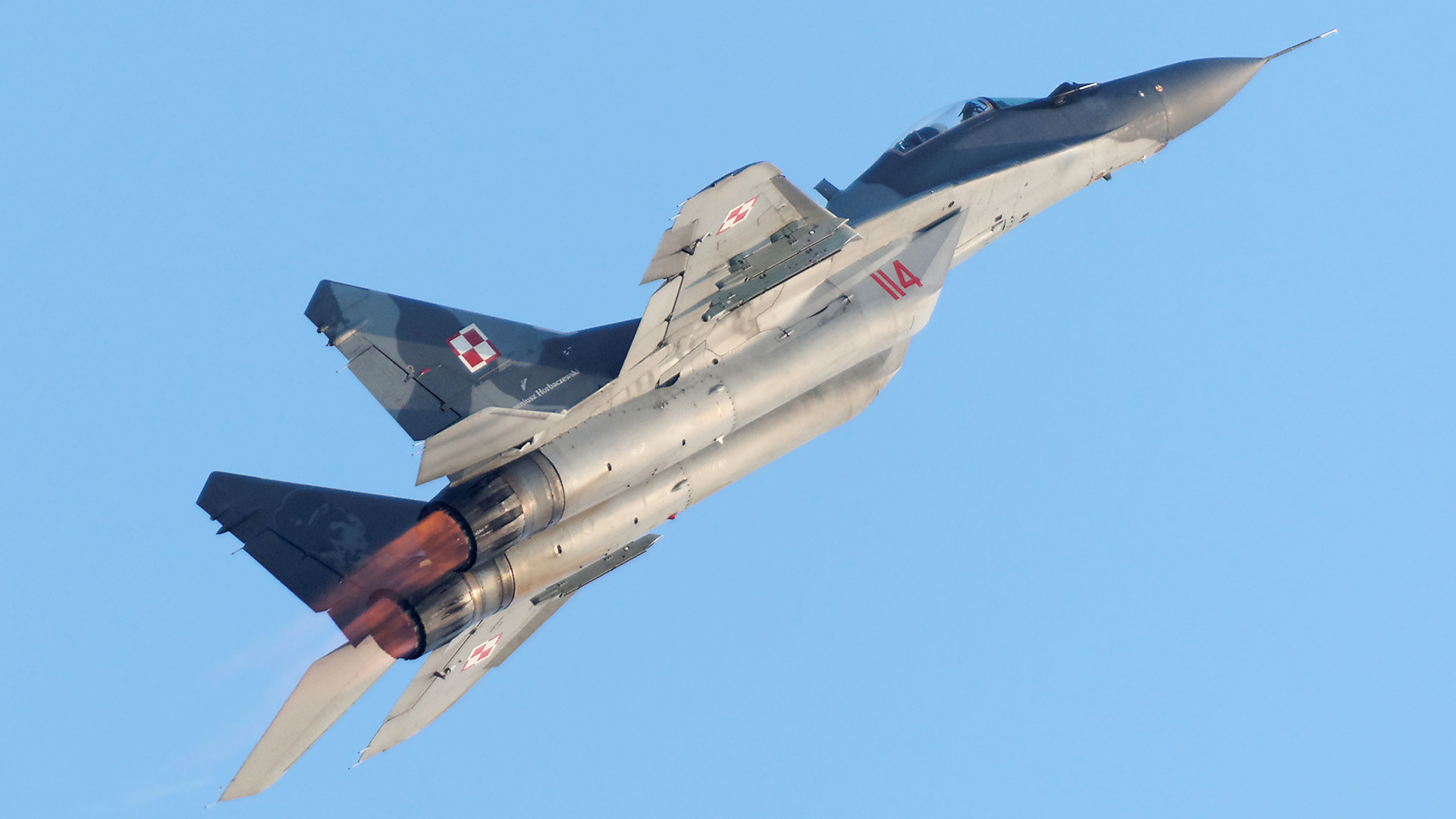Ukraine’s growing collection of foreign-donated MiG-29 Fulcrum fighters was recently bolstered by Poland.
“Several Polish [Mig-29s] have already arrived in Ukraine,” Marcin Przydacz, head of the Presidential Office of International Policy, told the Polish RMF FM radio station Monday. “According to my information, this process has already been completed. Of course, there will be talks about possible further support.”
Przydacz did not specify how many Fulcrums had been delivered to Ukraine or when.
Last month, Pawel Szrot, head of the president’s office in Warsaw, said Poland would “certainly not” deliver more than 14 of the jets, around 28 of which serve with the Polish Air Force today. Losing less than half of the Polish MiG-29s would have a much-reduced effect on overall capabilities than losing the entire fleet. The imminent arrival of South Korean-made FA-50 Fighting Eagle light combat aircraft would further temper the cutback, although they are not a direct replacement.
The Polish Fulcrums join those provided by Slovakia.
On March 23, four Ukrainian pilots flew the Slovakian Fulcrums home to join their own air force, the Slovakian Ministry of Defense (MoD) announced.
The Fulcrums were the first tranche from a total of 13 promised last month by Slovakia to Ukraine, which has had dire need of combat aircraft since the full-scale Russian invasion began.
While Ukraine has expressed its gratitude for the Fulcrums, it is still seeking more capable Western fighters like the F-16.
“The list of pilots who were the first to transfer to the fourth-generation multi-role fighter, you have to constantly adjust,” Ukrainian Air Force Col. Volodymyr Logachov told the official Ukrainian ArmyInform news outlet on Monday. “After all, the best pilots die – on Soviet planes that lag behind in performance and are at the limit of their capabilities in terms of physical wear and tear.”
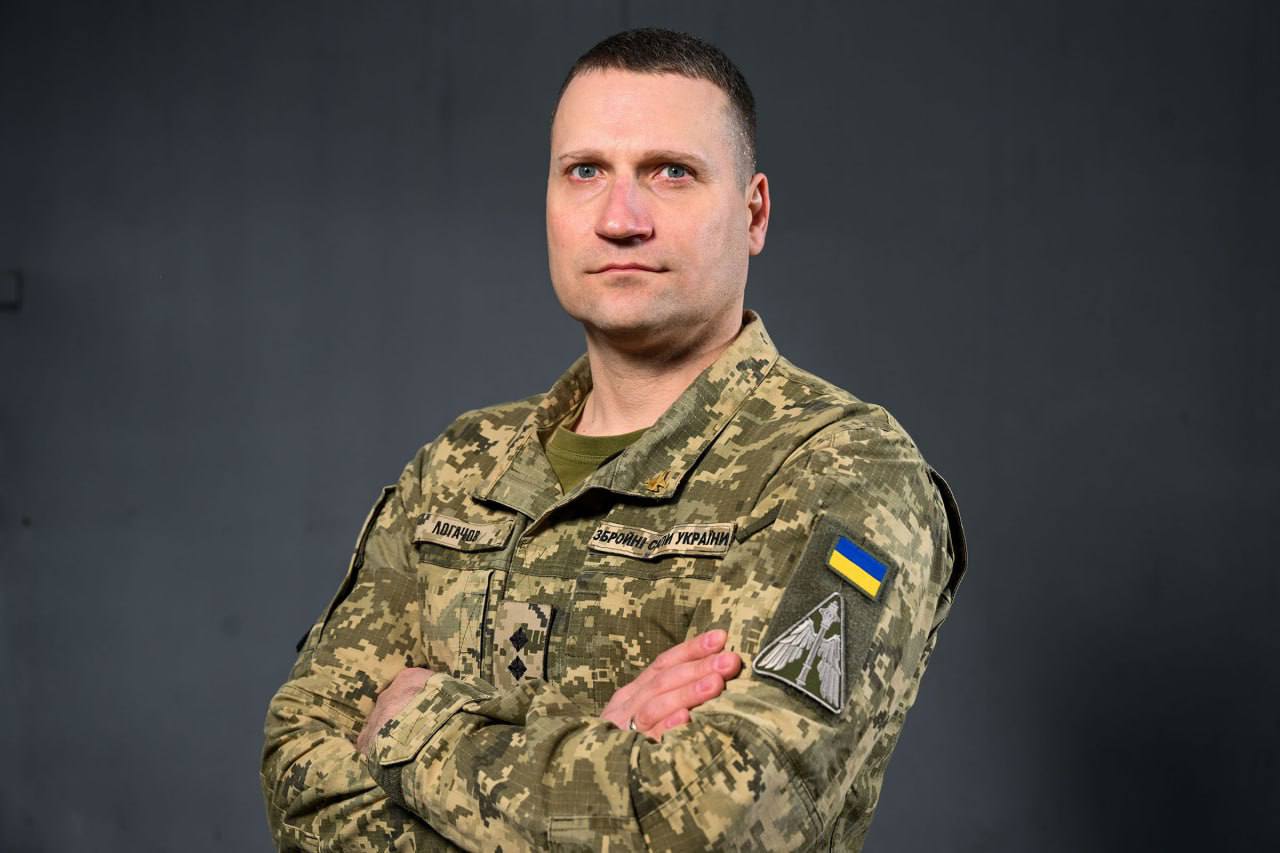
“We consider the F-16 multipurpose fighters, which we seek to acquire, primarily as a combat platform from which a huge range of weapons can be used,” said Logachov. “The most important thing is that it will allow us to save the lives of our pilots and protect the population of Ukraine from aerial terrorism because the Russians are attacking us with missiles of various types. Also, the F-16 will allow us to effectively support the actions of the Ground Defense Forces thanks to high-precision weapons.”
The U.S. has so far ruled out sending Ukraine any F-16s and the debate continues among the many other nations that fly them. Ukraine recently sent a couple of pilots to the U.S. for evaluation on how long it might take its pilots to learn how to fly F-16s, a visit that included spending time on flight simulators. You can read more about how long it might take Ukrainian pilots to learn how to fly the Viper in our deep dive here.
Before we dive into the latest updates from Ukraine, The War Zone readers can get caught up on our previous rolling coverage here.
The Latest
On the battlefield, Ukraine’s Ground Forces commander is denying claims by the Wagner mercenary group that it has captured the center of Bakhmut.
“The enemy is weakening and trying to cover up its failures with new and new fakes about the capture of Bakhmut,” Ukrainian Ground Forces Commander Colonel-General Oleksandr Syrskyi said on his Telegram channel Monday. “But the truth is that the successful work of the Armed Forces of Ukraine refutes all the efforts of Russian propagandists.”
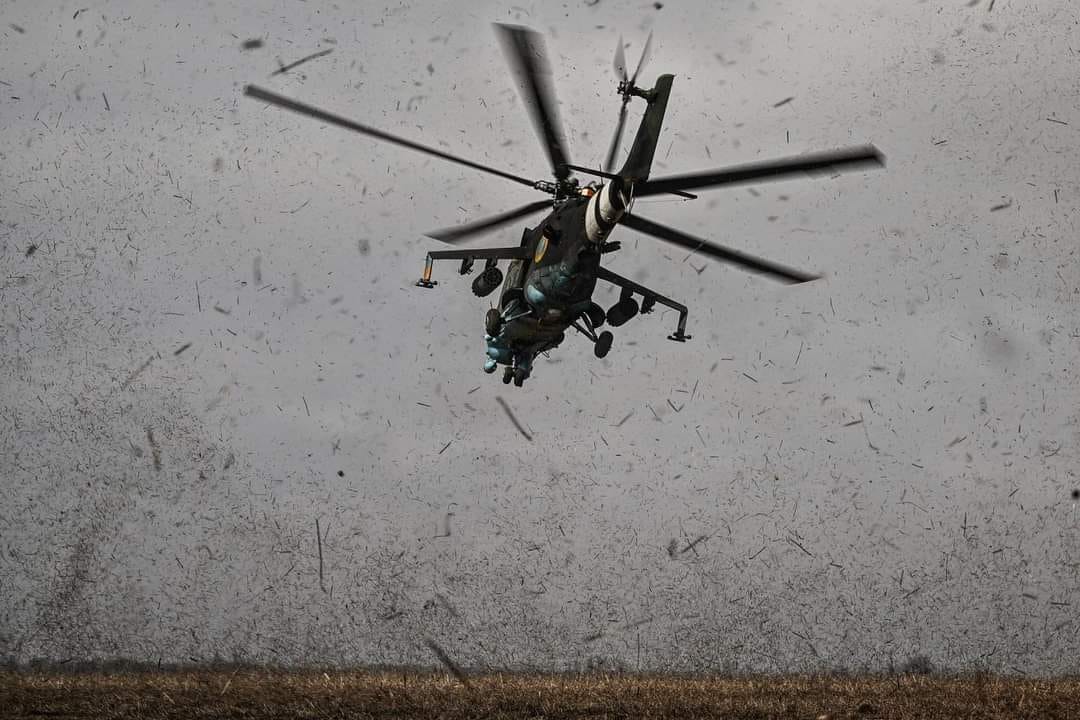
Bakhmut is key to Ukraine’s plans, Syrskyi said.
“From what every warrior does right now, the forward movement of our entire army depends on its section of the front, in its trenches on the front line,” he said. “We will overcome them. Because this is our land. And Bakhmut is Ukraine.”
Wagner claimed that on April 2 it “defeated the enemy in the central region of the city,” according to the group’s Telegram channel. “The enemy left the administration building, where the flags of the Russian Federation and PMC ‘Wagner’ were hoisted. The Ukrainian defense is now holding out only in the western part, but the guys are working and pressing.”
Regardless of the outcome of the battle, Yevgeny Prigozhin, Wagner’s capo di tutti capi, said the decision to keep attacking came from Russian leadership.
“The decision to conduct the Bakhmut operation, the so-called Bakhmut meat grinder, was made by the commanders of the Wagner PMC,” Prigozhin said Monday on his Telegram channel, referring to Russian Gen. Sergey Surovikin, the former commander of Moscow’s forces in Ukraine. “Sergey Vladimirovich Surovikin was directly involved in its development and implementation, at the time when he led the group. And therefore, I would attribute a huge number of decisions that were made to his account.”
White House National Security Council spokesman John Kirby on Monday denied Russian claims that the Wagner mercenary group has seized Bakhmut.
“It’s still a pretty vicious fight right now,” he told reporters, including from The War Zone. “While I can’t confirm the press reporting that the Russians have taken the administration building, what I can confirm is that the Ukrainians are still fighting hard for Bakhmut. They’re still in Bakhmut. And so the city hasn’t gone to the Russians.”
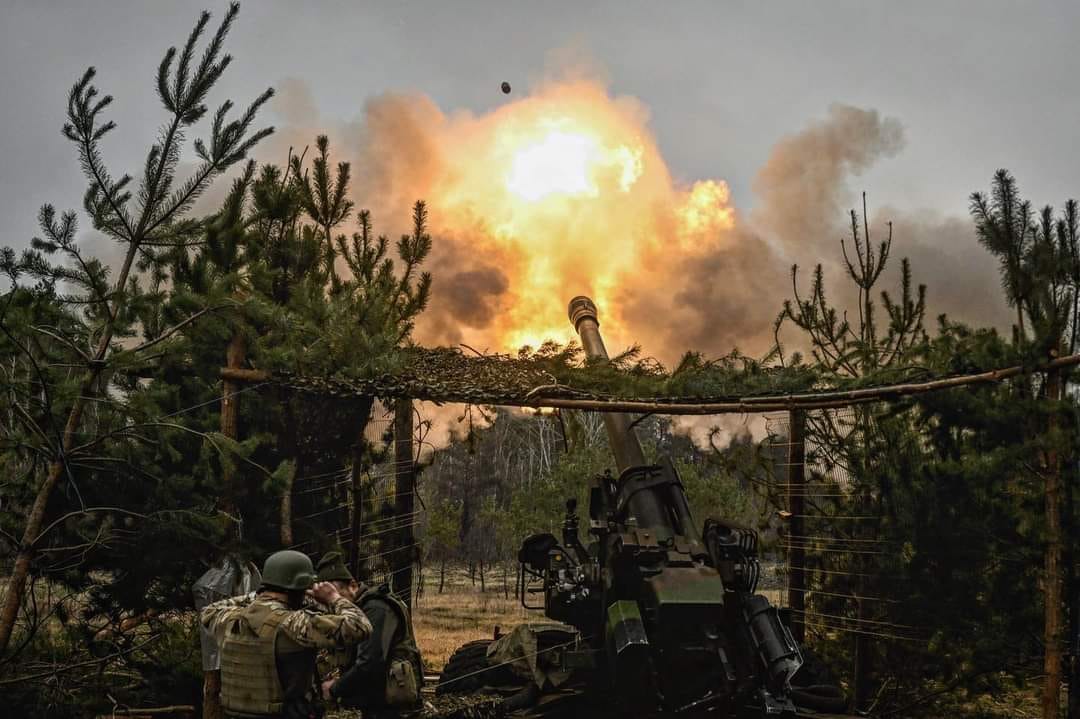
The Wagner group “continues to push their recruits – many of whom are still convicts – into the meat grinder,” he said.
Kirby repeated the Biden administration’s contention that even if Bakhmut falls, it won’t have a major effect on Ukraine’s overall plans.
“Obviously it matters a lot to the Ukrainians and certainly we respect that and understand that, but even if the Russians do get it, that isn’t going to change the battlefield dynamics from a strategic perspective.”
The looming Ukrainian counteroffensive faces many challenges, especially Russia’s buildup of trenches and fortifications in the territory it still occupies. Brady Africk, a spokesman for @AEIfdp , produced an interactive map showing the creation of such defenses around Berdyansk in occupied Zaporizhzhia Oblast.
Russia is also building more fortifications in Crimea, according to the Ukrainian CrimeanWind Telegram channel.
The cement structures, known as “dragon’s teeth,” have appeared by the Black Sea, according to CrimeanWind.
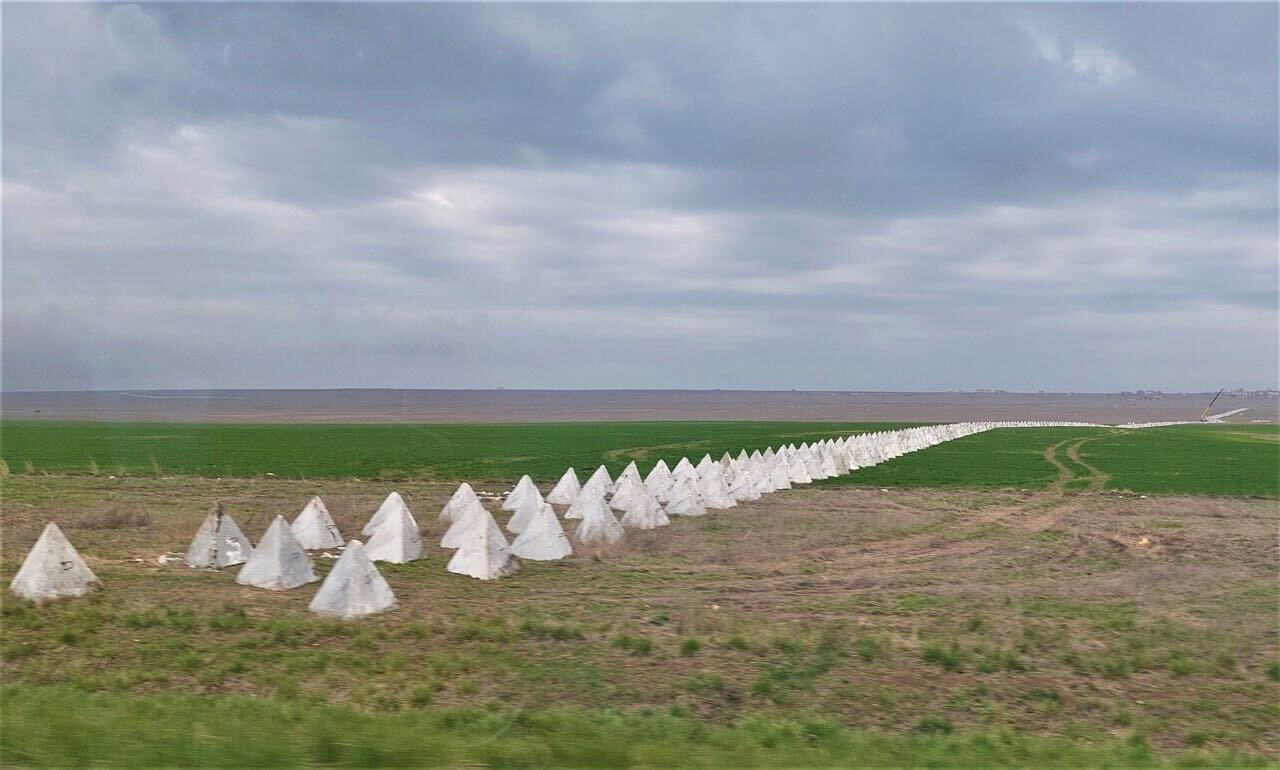
Rheinmetall is pressing ahead with the construction of a military maintenance and logistics center in Romania to service Western armor, artillery and other equipment provided to Ukraine, the company said in a statement. Work has already begun at the site near Satu Mare so that the service hub can start operations before the end of April.
“The service hub is to play a central role in maintaining the operational readiness of Western combat systems in use in Ukraine and ensuring their logistical support,” Rheinmetall said in a statement.
Rheinmetall said the list of weapons and equipment that could be serviced at the new Romanian facility could include German-made Pzh-2000 self-propelled howitzers as well as tanks like the Leopard 2s provided by a host of nations, Challenger 2 tanks provided by the U.K., infantry fighting vehicles like the German-provided Marders, Fuchs/Fox armored transport vehicles or military trucks.
NATO combat vehicles and their logistic vehicles will also be serviced there in the future.
“Rheinmetall’s local presence thus guarantees the armed forces on NATO’s eastern flank shorter reaction times and improved security of the supply chain,” the company said. “Above all, however, it is Ukraine that will benefit, as it will be given the best possible security of supply for its military systems.”
“It is a central concern for us at Rheinmetall to give the NATO forces as well as Ukraine the best possible support in this critical situation,” said Armin Papperger, CEO of Rheinmetall AG. “It must now be a matter of supporting the people in Ukraine in their fight for freedom and democracy.”
“The very highest demands are now being placed on men and material. In terms of equipment, we at Rheinmetall want to do everything we can to ensure that the soldiers have reliable equipment at all times,” Papperger said.
The Danish Defense Ministry (MoD) has entered into an agreement with Norway on the joint donation of 8,000 artillery shells to Ukraine.
“The collaboration means that the Danish defense assembles Norwegian 155mm artillery shells with compatible Danish propellant charges, arrestor tubes and incendiary tubes for complete artillery shots,” according to the Danish MoD. “After that, they are donated to the Ukrainian defense.”
The Danish MoD said that the ammunition “will be able to be used by the Danish CAESAR artillery pieces, which the Danish Parliament decided to donate to Ukraine at the beginning of the year, which is why the rounds are expected to be donated together with the systems.”
Denmark and Norway “will continuously discuss how, in cooperation, they can continue to support Ukraine with additional contributions,” according to the Danish MoD.
If you want to get a sense of how Ukraine defends against drone attacks, take a look at this video below. You can read more about those efforts in our deep dive here.
Another group of Ukrainian recruits is undergoing a five-week training program led by the U.K., according to that nation’s Defense Ministry (MoD).
Meanwhile, a second tranche of Ukrainians has completed training on the AS90 155mm self-propelled howitzer, according to the U.K. MoD.
Russia’s VDV paratroopers have for the first time been provided TOS-1A thermobaric multiple launch rocket systems, according to the official RIA Novosti Russian media outlet’s Telegram channel.
The Russian Lancet loitering munitions continue to cause problems for Ukrainian weapons. In the video below, a Krab 155mm self-propelled howitzer and an ammunition truck are reportedly observed being destroyed by one of those drones.
The Russian Rusich Telegram channel claims Russian troops are using drones to drop Chloropicrin-filled grenades on Ukrainian troops.
Chloropicrin PS, according to the Centers for Disease Control, “is used in agriculture as a soil fumigant. It has also been used as a chemical warfare agent (military designation, PS) and a riot control agent. It was used in large quantities during World War I and was stockpiled during World War II. However, it is no longer authorized for military use. Chloropicrin (PS) is an irritant with characteristics of a tear gas. Chloropicrin (PS) has an intensely irritating odor. Inhalation of 1 ppm causes eye irritation and can warn of exposure.”
Ukraine compiled a video commemorating the first anniversary of the liberation of the Hostomel airfield, a key moment in the defense of the Kyiv region.
A woman detained by Russian authorities in connection with the explosion that killed propagandist Maxmim Fomkin on Saturday in St. Petersburg acknowledged delivering the statue containing explosives, according to the official Russian TASS news agency.
The explosion took place at the Street Food Bar #1 Café in downtown St. Petersburg, reportedly owned by Prigozhin.
Darya Trepova “has confessed that she was the one who brought the statuette bomb that exploded inside the cafe, according to a video released by the Russian Interior Ministry’s press center on Monday,” TASS reported.
“I was the one who snuck in the statuette that exploded,” she said.
Asked what she had been detained for, Trepova replied, “I was detained, I would say, for being at the scene of Vladlen Tatarsky’s murder.”
She refused to say who gave her the statuette.
“I’ll talk about that later, if you don’t mind,” Trepova said.
The cafe bombing occurred on April 2 during a meeting with military correspondent Maxim Fomin, known under the pen name Vladlen Tatarsky.
“He died instantly,” according to TASS. “More than 30 people were injured. The blast’s yield is estimated at 200 grams of TNT. Investigative Committee detectives and forensic experts are examining the crime scene. The criminal case has been transferred to the central office of the Investigative Committee. On Sunday evening law enforcement officers searched Trepova’s home in St. Petersburg. Her mother and sister were interviewed. According to preliminary findings, it was Trepova who handed the figurine bomb to Tatarsky.”
Numerous videos have emerged showing the moments leading up to and the aftermath of that explosion.
The explosion might have been a warning to Prigozhin, the Institute for the Study of War (ISW) suggested.
“Fomin’s assassination may have been intended as a warning to Prigozhin, who has been increasingly questioning core Kremlin talking points about the war in Ukraine and even obliquely signaling an interest in the Russian presidency, whether in competition with Putin or as his successor,” according to ISW. “Fomin’s biography and behavior bear a resemblance to Prigozhin’s as both became prominent ultranationalist figures after being imprisoned and receiving pardons.”
Be careful what you pick up on the battlefield.
Ukraine has reportedly come up with a clever scheme to attack Russians – by dropping explosive-laden AK magazines from drones.
Another 12 Ukrainians have returned from captivity at the hands of Russians.
The latest group of returned prisoners of war includes 10 soldiers and two civilians, according to the Ukrainian Liga.net news organization’s Telegram channel. citing the Coordination Headquarters for the Treatment of Prisoners of War.
Of those returned, five were seriously wounded, according to Liga.net.
The soldiers were captured in battles near Bakhmut, the villages of Opytny and Orikhovo-Vasylivka in the Donetsk region and near Kreminna and Chervonopivka in the Luhansk region, Liga.net reported. The two civilians, who were held hostage by the Russians, were returned from the village of Liptsi, in the Kharkiv region, and from Mariupol.
Since the beginning of the large-scale invasion, 2,005 Ukrainians have already been released from captivity, according to Liga.net.
Zelensky showed his gratitude for U.S. support to a Republican Congressional delegation led by U.S. Rep. Mike Turner of Ohio, chairman of the House Permanent Select Committee on Intelligence.
“Without you, I think we cannot win in this war,” Zelensky told the Republican lawmakers at a time when some members of the GOP are talking about cutting back aid to Ukraine.
And finally, the Ukrainian Cyber Resistance UA hacking group claims it hacked the email of pro-Russian milblogger Mikhail Luchin, who runs the Misha From Donbuss Telegram channel. The hackers say they charged $25,000 worth of adult toys to Luchin’s credit card.
The hackers claimed the Luchin was going to use the money to buy drones for Russian troops.
Luchin acknowledged the hack, but claimed he would get the last laugh.
“I will open a sex shop here, make 300% profit and buy 3 times more drones,” he said on his Telegram channel.
That’s it for now. We’ll update this story when there’s more news to report about Ukraine.
Contact the author: howard@thewarzone.com
